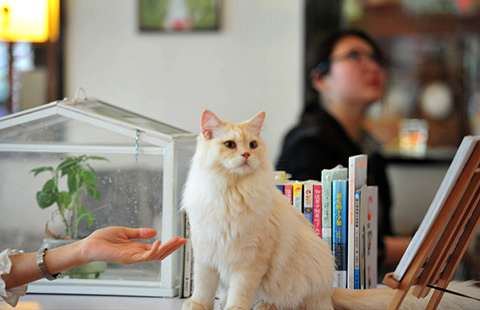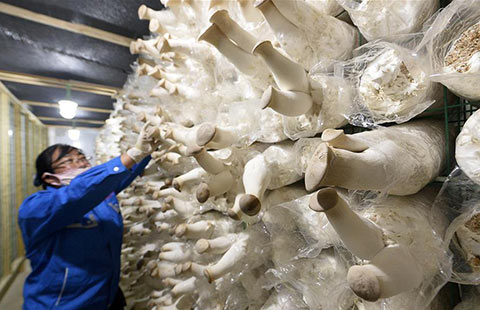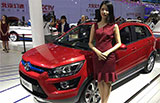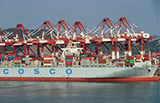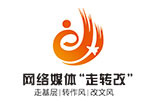For priests of high fashion, offline is better than online
By WANG ZHUOQIONG (China Daily) Updated: 2015-07-31 10:28I was told it was a new boutique store, offering medium- to high-end men's fashion.
However, the delicate designs mixing European style with Chinese furniture, and even the vintage floors, caught me off guard.
The wooden cabinet used as a display for shirts was carefully selected from an antique furniture store in Suzhou, a city an hour away from Shanghai by train, and was painted in a bright peacock-blue.
I asked the senior marketing director about the need for such heavy investment in the brick-and-mortar store, instead of just joining the e-commerce retail revolution in China, by placing its products on major platforms.
Surely, that would bring her new brand more customers.
"We have our own website," she said. "But we are not considering any collaboration with a third party to go online."
Though not uttering the exact words, she effectively indicated that cooperation with a Chinese online platform would undermine her brand image, relegating the presentation of its high-fashion products to a mere commodity.
The image and display of products on major Chinese e-commerce websites tend to follow the same format, giving brands very little differentiation, blending characteristics rather than underlining their differences, in the hope of bringing in customers.
A semi-luxury brand I often shop for in physical stores has recently opened a presence on a major e-commerce platform.
But when I checked it online, I was shocked to find how simple and rough its website pages were laid out.
Photos of models dressed in the clothes were small, and all looked the same: Lifeless. It didn't feel like a luxury brand, more of a pile of garments on discount.
I shut the page immediately.
It wasn't the first time I had heard fashion retailers complaining over the tight controls being put on them by Chinese giant e-commerce platforms.
Recently Japan's Uniqlo shut its one-month-old online shops on JD.com.
A statement from JD said it understood Uniqlo's move, and remained open toward future collaboration.
Of the many fashion retailers I've covered, many have been abundantly aware of the drawbacks of launching their products on major e-commerce sites.
But the traffic they have brought as a result, and the awareness raised are tempting, not to say the potential to reach more customers in places where they haven't the capacity to open stores yet.
For customers like me, the pleasure of smelling nice fragrances inside shops, the exciting experience of trying on clothes, and even the help and opinions of sales assistants, are still strong selling points that a simple click on a laptop will never replace.
In my eyes, online fashion pages on e-commerce platforms will only remain useful brochures to browse before the actual purchasing happens at the real store, unless the operators are willing to ease their controls over brands and let them shine the way they should be.
E-commerce websites specializing in fashion have developed innovative technologies, and very much their own brand DNA.
ASOS Plc, for example, a leading British fashion e-commerce company, entered the Chinese market in 2013 with beautifully designed photos and videos, with models wearing the exact clothes a customer is viewing.
Adding its own brand items to those from third-party China producers means 2,000 different pieces on offer. It has built its own logistic centers to deliver website orders to customers, and other products and fashion from its operations around the world are available too.
Customers of fashion brands are so much more sensitive and demanding than simply being offered the chance to view colorful photos, before parting with their money.
- Quotable quotes on China's April exports, imports data
- China stocks plunge again as hopes for economic recovery fade
- Texas pipe plant to boost Chinese FDI
- Coach seeks to beat European brands
- BMW looks to young for China's future
- Lensman Jason Bell sees China as land of creative fashion ideas
- NEV plans get a head start
- Telecom operators saved subscribers $6b by boosting internet speed, cutting fees

